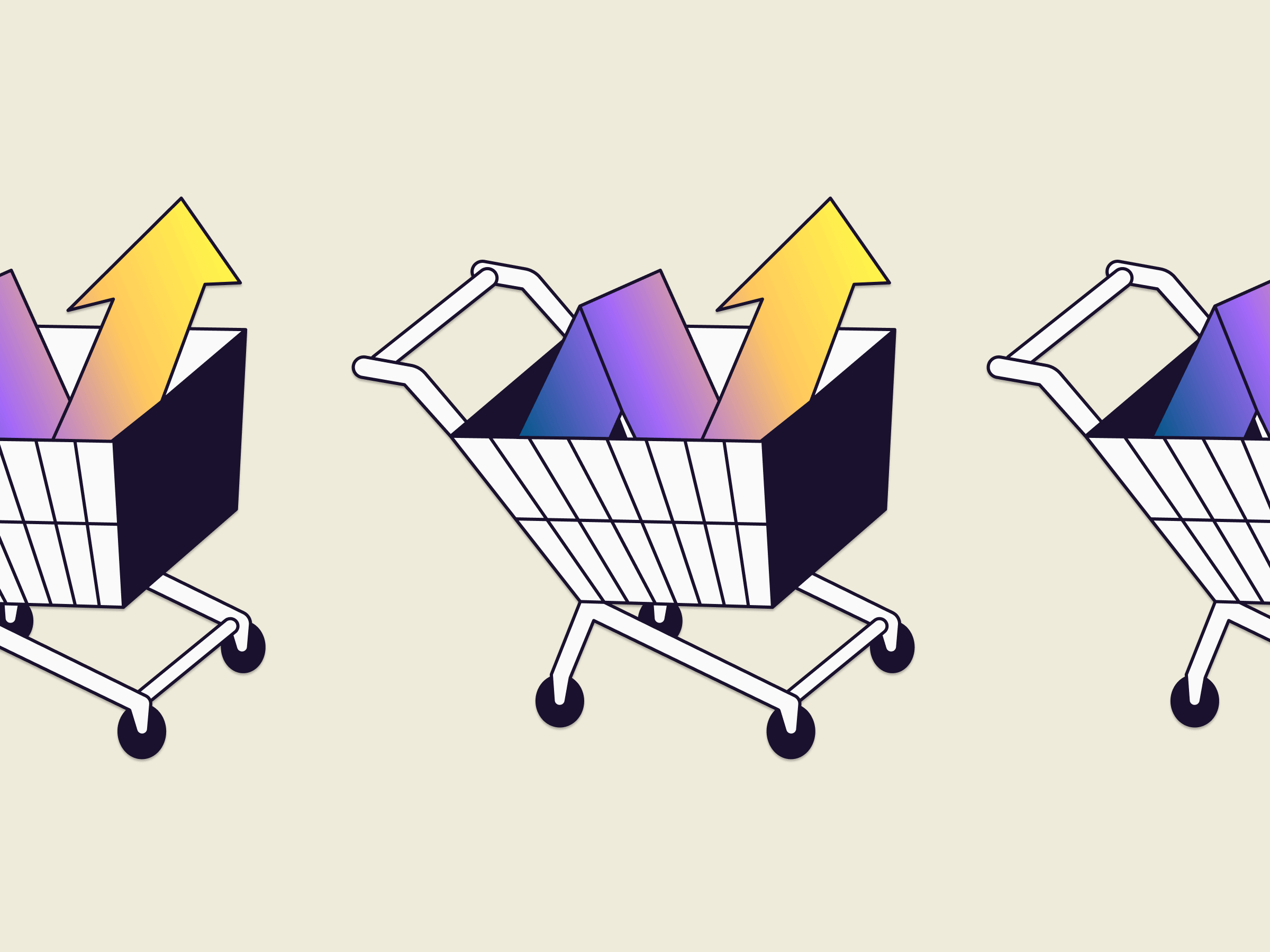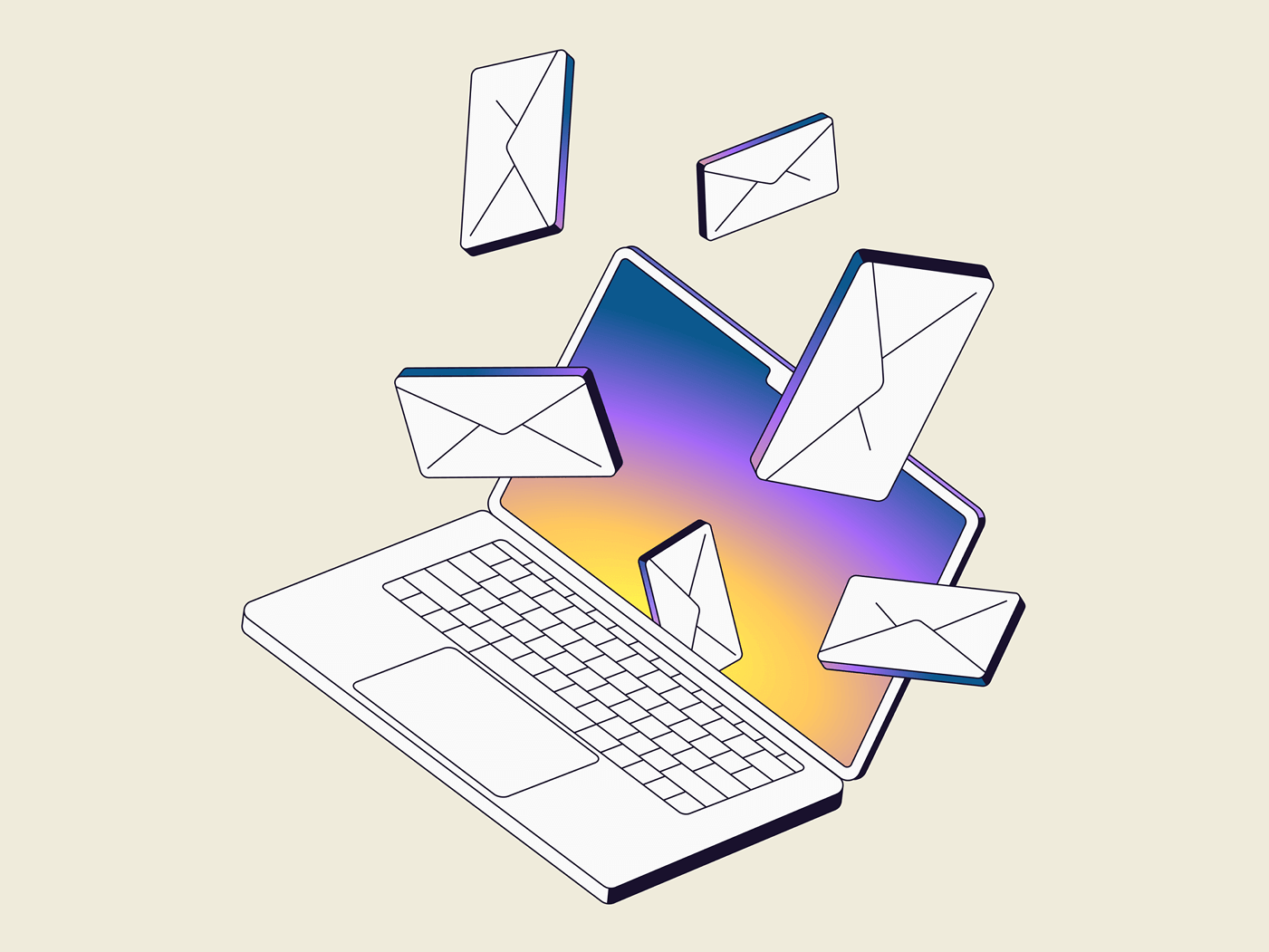If you’re investing time and money into email marketing, but your emails aren’t landing in the inbox, you’re leaving serious revenue on the table. That’s the reality many eCommerce brands face. Email deliverability isn’t just a technical detail; it’s the foundation of whether your campaigns actually drive sales and build retention.
And here’s the kicker: great design and clever copy mean nothing if your messages end up in spam. That’s why understanding email deliverability and prioritizing authentication isn’t optional for an email marketing agency—it’s the difference between wasted effort and profitable growth.
At Stimulate Retention Marketing Agency, we’ve seen firsthand how inbox placement directly impacts customer engagement, lifetime value, and ultimately revenue. Let’s break down what deliverability really means, why authentication is at the core of it, and how you can future-proof your email program.
What is Email Deliverability?
Put simply, email deliverability is the ability of your emails to actually reach your customers’ inboxes, not the spam folder.
When someone asks, “What is email deliverability?” the answer goes beyond just whether the email is sent successfully. True deliverability is about inbox placement. Did Gmail, Yahoo, or Outlook trust you enough to let your message in front of your audience—or did they flag you as spam?
Why it matters:
- Better open rates (if you’re not in spam, people see you).
- Higher click-through rates (your offers get traction).
- More revenue from the same list size.
Strong deliverability isn’t a vanity metric—it’s a direct revenue lever.
Why Authentication is the Foundation of Deliverability
If deliverability is the car, authentication is the engine. Without it, you won’t get very far.
Email authentication uses protocols like SPF, DKIM, and DMARC to prove you’re the legitimate sender of your emails. Here’s a quick breakdown:
- SPF (Sender Policy Framework): Tells receiving servers which IPs are allowed to send for your domain.
- DKIM (DomainKeys Identified Mail): Adds a digital signature to prove your message hasn’t been altered.
- DMARC (Domain-based Message Authentication, Reporting & Conformance): Ensures alignment between your sending domain and “From” address, while providing feedback on authentication.
Why this matters:
- Boosts credibility and trust with inbox providers.
- Protects your domain from spoofing and phishing attacks.
- Increases your chances of landing in the inbox, not spam.
In short, if you skip authentication, you’re essentially telling inbox providers, “I might not be who I say I am.” And that’s a fast track to the junk folder.
Gmail Sender Requirements for Klaviyo Users
If you’re running Klaviyo campaigns, you need to pay close attention to Gmail’s new sender requirements. To stay compliant and maximize inbox placement, here’s what you must do:
- Use a branded sending domain. Free domains like @gmail.com or @yahoo.com are a red flag. Always send from your own branded domain.
- Set up a DMARC policy. Implement DMARC on your branded domain and configure it properly.
- Align your “From” address. The “From” domain must match your sending domain for DMARC to validate.
Klaviyo has published step-by-step guides for SPF, DKIM, and DMARC setup that walk you through this process. If you haven’t done this yet, it should be priority number one.
The 60/40 Rule in Email Marketing
Here’s something many brands overlook: balance. If you’re constantly pushing discounts and promotions, you’re training subscribers to ignore you. That’s where the 60/40 rule comes in.
So, what is the 60 40 rule in email? It’s the balance between value-driven content (60%) and promotional messages (40%).
- 60% content: Educational resources, brand storytelling, tips, community updates.
- 40% promotion: Discounts, product launches, limited-time offers.
Why it matters for deliverability: when subscribers regularly engage with your non-promotional emails, inbox providers see you as valuable, not spammy. That engagement helps future promotions land where they should—in the inbox.
Common Email Spam Triggers to Avoid
Even with authentication, certain choices can tank your deliverability. Some of the most common email spam triggers include:
- Overuse of words like “FREE!!!,” “GUARANTEED,” or “ACT NOW.”
- Too many images and not enough text (bad text-to-image ratio).
- All caps subject lines or excessive punctuation (!!!).
- Embedding large attachments.
Best practice: write like a human, keep formatting natural, and always balance copy with visuals.
How to Improve Email Deliverability
Want to consistently hit the inbox? Follow these proven strategies for how to improve email deliverability:
- Clean your list regularly. Remove inactive or invalid emails to keep bounce rates low.
- Segment your list. Send targeted messages instead of blasting everyone.
- Warm up new domains. Don’t go from zero to 10,000 sends overnight.
- Balance text and images. Aim for that sweet spot that inbox providers favor.
- Monitor campaign performance. Watch open rates, clicks, and spam complaints.
The bottom line: good deliverability is built on consistent, strategic practices—not shortcuts.
Email Authentication Best Practices
Since authentication is at the heart of deliverability, let’s get a bit deeper.
- SPF: Make sure only your trusted ESP (like Klaviyo) is authorized to send on your behalf.
- DKIM: Enable DKIM signing in Klaviyo to validate the integrity of your emails.
- DMARC: Set up a DMARC record with at least a “p=none” policy, then progress toward stricter enforcement.
- Domain alignment: Your “From” address, SPF, and DKIM must all match your sending domain for full DMARC compliance.
Skipping this step is like leaving your front door unlocked. Anyone can impersonate you, and inbox providers won’t have your back. Proper email authentication protects your brand and boosts your inbox placement.
How SMS Marketing Supports Email Deliverability
Email isn’t the only player in your retention strategy. Done right, SMS can actually support your email program.
Here’s why:
- SMS drives quick engagement, which signals high-value customers.
- It relieves email fatigue by spreading out touchpoints.
- Together, they create an omnichannel experience that keeps subscribers connected.
This is where partnering with a trusted SMS marketing agency comes into play. When SMS and email work in harmony, you drive stronger engagement across both channels—and that engagement supports better inbox placement.
Final Takeaway: Authentication = Profit
At the end of the day, email deliverability isn’t just about technical settings. It’s about revenue. Authentication is the foundation, and Gmail’s requirements have made it non-negotiable.
If you’re running Klaviyo campaigns without SPF, DKIM, and DMARC set up, you’re risking both deliverability and brand reputation. Layer in best practices like the 60/40 rule, avoiding email spam triggers, and consistently working on how to improve email deliverability, and you’ll turn your email program into a revenue-driving machine.
And don’t forget—the smartest brands are thinking omnichannel. Partnering with a Stimulate retention marketing agency means you’re not just checking boxes on deliverability. You’re building a scalable, profitable retention system with email, SMS, and automation all working together.
👉 Ready to make your inbox placement bulletproof? Work with Stimulate, the email marketing agency that knows how to turn deliverability into growth.

.webp)
.webp)
.webp)
.png)
.webp)
.webp)
.webp)
.webp)
.webp)
.webp)
.webp)
.webp)
.webp)
.webp)
.webp)
.webp)
.webp)
.webp)








